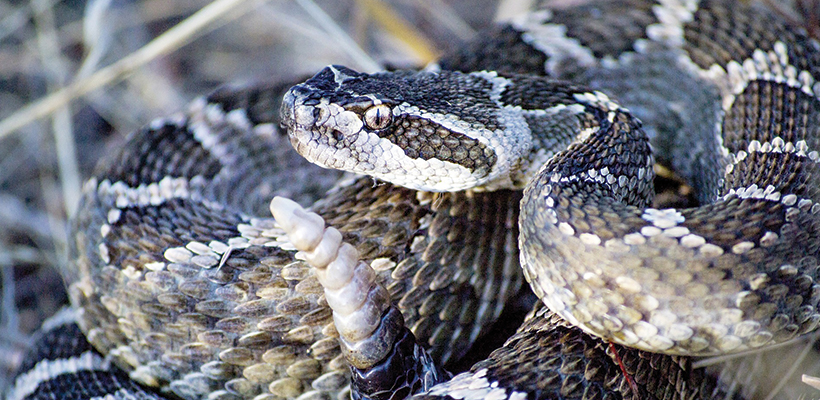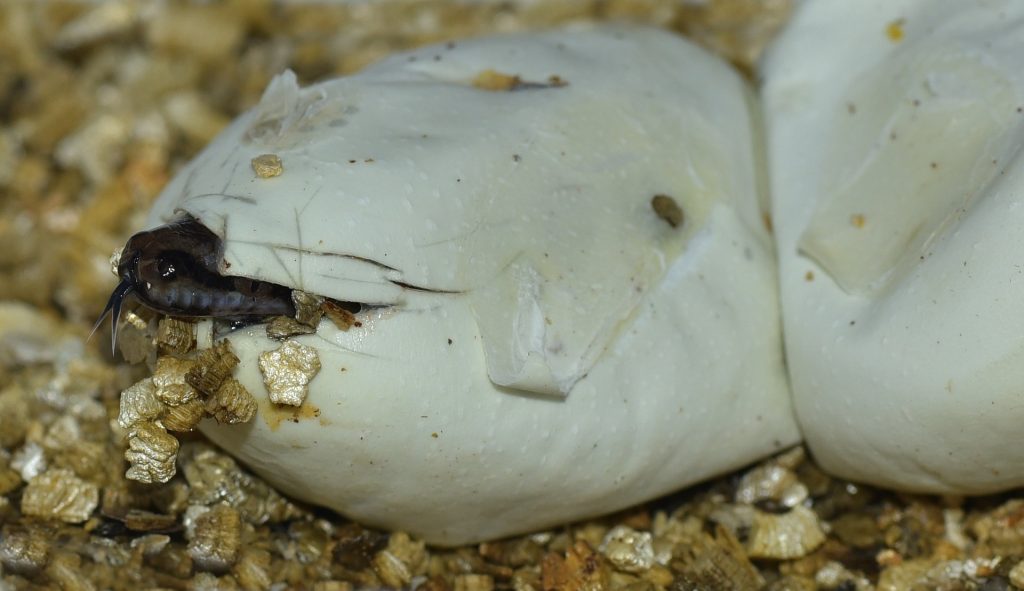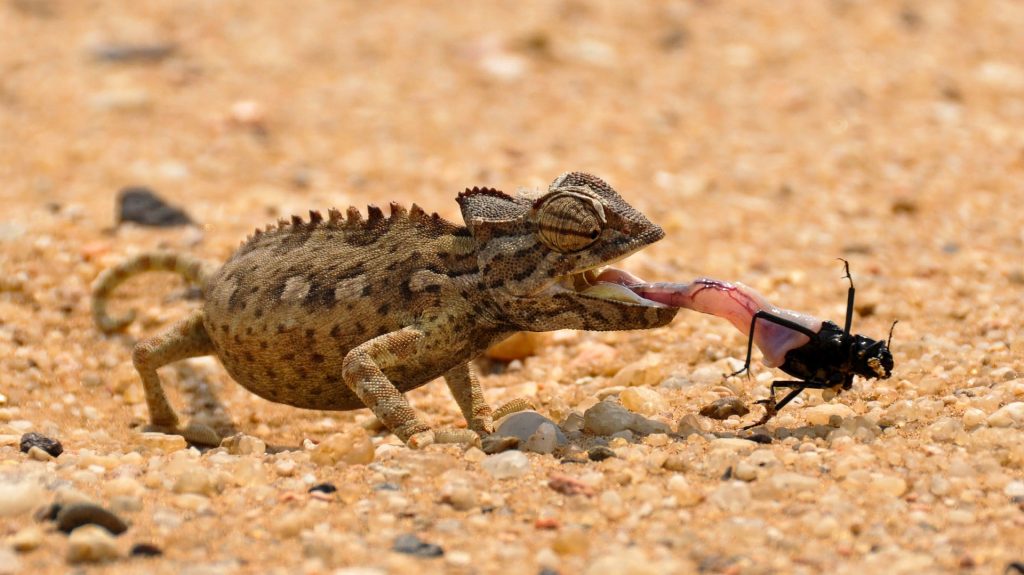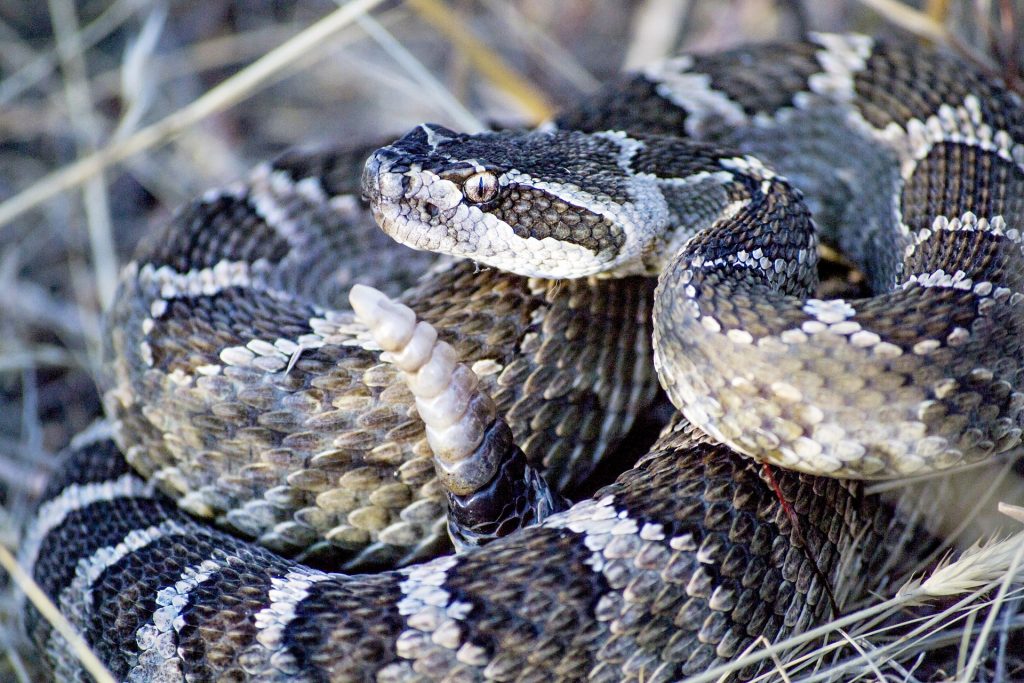
This article is contributed by guest writer, Stacey W. (Editor at Reptile.Guide)
5 Fascinating Facts About Reptiles
Reptiles are fascinating creatures! They remind us of the dinosaurs that walked the Earth many centuries ago. In fact, they’re some of the longest-living animals on our planet. Compared to mammals and birds, their biology and behavior are rather primitive.
Because they’re so different from us or any of our closely related mammalian cousins, reptiles aren’t as well-understood by the general public or even by biologists. That’s why further studying by passionate scientists is so important.
The truth is, biologists discover ground-breaking new reptile facts every year. If you love reptiles, rest assured you’ll be on a lifelong journey of learning about their unique and secretive lives.
To get you started, here are five of the most fascinating facts about reptiles…
Fact #1: Reptiles have three different reproductive methods

Photo Credit: Sipa via Pixabay
When most people think about baby reptiles, they imagine the little cuties greeting the world from a slit in an eggshell.
Surprisingly, not all reptiles lay eggs. In fact, there are some snake species that give live birth! You see, there are three different reproductive methods used by our cold-blooded pals: viviparity, oviparity, and ovoviviparity.
Oviparous reptiles lay eggs that then incubate and hatch in the external environment. The embryo absorbs the nutrients that they need to grow from the yolk inside their egg, and the shell of the egg “breathes” to give them the required oxygen. All turtles and tortoises, most lizards, and about 70% of snake species lay eggs.
Viviparous reptiles nurture and grow their offspring inside their body, attached to a placenta that supplies oxygen and nutrients. Some boas, vipers, skinks, viviparous lizards, colubrids, and night lizards are viviparous.
Ovoviviparity is generally used to describe when the embryo derives most of its nutrients from an internally incubated egg rather than a placenta. Slow worms are a legless species of lizard that are considered ovoviviparous.
The difference between viviparity and ovoviviparity in reptiles is not well-understood, since most reptilian embryos derive nutrients from both a yolk and a placenta-like structure.
Fact #2: Reptiles can’t chew

Photo Credit: kolibri5 via Pixabay
Here’s a fact that’s often observed but not necessarily considered with much thought: most reptiles can’t chew!
Some reptiles swallow their food whole, while others use sharp teeth, beaks, and claws to rip and tear their sustenance into manageable, bite-size species. But the fact of the matter is that you won’t see most reptiles exhibiting the typical up-and-down mouth movement associated with chewing in mammals.
There are other eccentric eating methods in reptiles, like egg-eating snakes, which evolved to have bony, teeth-like protrusions along the inside of their spine. They will consume the egg, bend their body to crack the shell, and regurgitate the empty, crushed shell while the nutritious egg yolk and white remain in the digestive system.
Cuban False Chameleons are specialized snail eaters. They will scoop up an entire snail, shell and all, then use their tongue to move the invertebrate around inside of their mouth to crush the snail’s shell and ingest the nutritious insides before spitting the empty shell back out.
One exception to this rule is the New Zealand-native tuatara, a lizard-like creature that is the only living member of a distinct order known as Rhynchocephalia. They have three rows of teeth, which they use to masticate by slicing their food in their mouth.
Fact #3: Reptiles have parthenogenic “Virgin Mary” births
Parthenogenesis is the term used to describe the phenomenon of an embryo developing from an unfertilized egg. The common term for this type of reproduction is a “Virgin Mary” birth, as it typically occurs in captively-kept females that were never introduced to a male of the same species.
There are several known species that can reproduce parthenogenetically. Still, it’s difficult to study since many captive animals are purposefully bred, and it’s hard to determine whether a gravid female in the wild encountered a male or not.
Brahminy blind snakes, whiptail lizards, and night lizards are a few of the species that have been officially recorded to reproduce parthenogenically. Some of these species are even unisex, meaning that only females exist, and thus they are obligately parthenogenic.
The science behind this extraordinary feat is difficult to explain, but the mother typically replicates her own DNA, producing an all-female clutch that is genetically identical to their maternal parent.
Fact #4: Most reptiles are venomous, not poisonous

Photo Credit: Wild0ne via Pixabay
“Is that snake poisonous?!”
The truth of the matter is, no, most snakes aren’t poisonous. Neither are most reptiles.
Many snakes are venomous. Poison is a toxin that must be ingested, and venom is a toxin that must be injected, directly or indirectly, into the bloodstream.
There are a select few snake species that are poisonous and thus harmless – unless you eat them. Falling under this category is the vastly common garter snake. They store the poison produced by their favorite prey items, amphibians.
To further complicate matters, some species in the Rhabdophis genus of keelback snakes are venomous and poisonous. They store poison ingested with toads in nuchal glands but can also deliver a venomous bite when provoked – talk about double trouble for any predator looking for a slithery meal!
Another little-known fact is that some lizards are venomous, like the Gila monster and beaded lizards.
Fact #5: All reptiles go through ecdysis AKA shedding
Ecdysis, AKA molting, AKA shedding, is a biological process that all reptiles go through.
Most turtles, tortoises, and lizards shed in flakes, while some elongated lizards and all healthy snakes shed one long, tubular piece of skin. Turtles typically shed their scutes more often than the softer skin on their head, feet, and tails. Some lizards eat their shed skin.
Most reptiles seek a humid, dark shelter when they’re going to shed soon. Oftentimes in snakes, the secretions that aid in shedding temporarily limit their visibility, making them shyer and more defensive.
The shedding process aids in healing wounds, getting rid of parasites, and, potentially, the animal’s growth. In some cases, it’s triggered by seasonal changes or hormones. For example, many snake species will shed shortly after they ovulate, and breeders use this occurrence to estimate the due date.
Depending on how fast the animal is growing, and if it has sustained an injury, reptiles may shed as often as every few weeks to as infrequently as once a year.
Conclusion
As diverse in color as they are in size, reptiles often receive a bad rep as many regard them as “gross” or “scary.” However, these ancient creatures are so much more than what many people believe them to be.
And although not much is understood about reptiles in comparison to other animal groups, such as mammals, reptiles give researchers the opportunity to learn more about prehistoric species that once roamed our planet due to the fact that their DNA has changed very little over the course of time.

Laura Thomas
November 2, 2020 at 1:23 PMGreat article! Thank you for sharing knowledge of these reptiles. I’m not a huge fan, but I do find them intriguing.